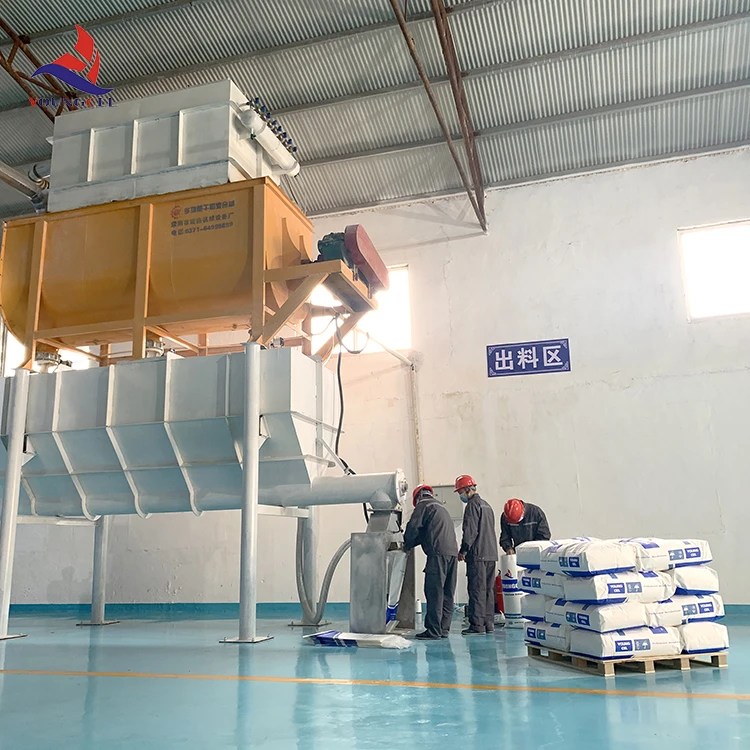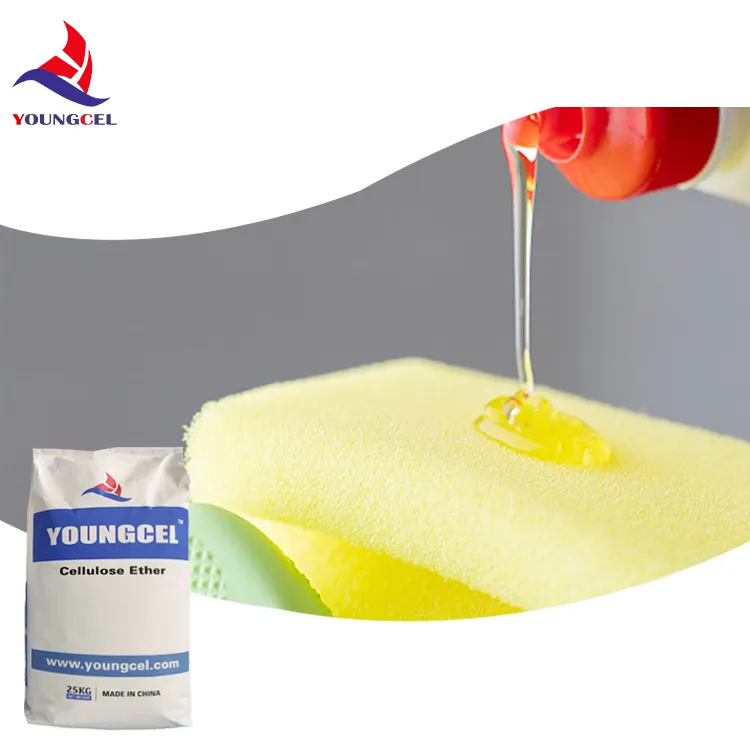- Introduction to HPMC cellulose ether technology
- Technical specifications and performance metrics of premium HPMC grades
- Comparative analysis of industry-leading HPMC manufacturers
- Custom formulation capabilities for specialized requirements
- Case studies demonstrating successful industrial applications
- Implementation challenges and technical solutions
- Future innovations in cellulose ether technology

(hpmc 606)
Understanding HPMC 606 Cellulose Ether Technology
Hydroxypropyl Methylcellulose (HPMC) represents a cornerstone in specialty chemical applications, with HPMC 606 emerging as a premier choice for demanding industrial formulations. This cellulose ether derivative undergoes precise chemical modification where hydroxyl groups are replaced with methoxy and hydroxypropyl substitutes, creating polymers with 60,000-65,000 mPa·s viscosity in 2% aqueous solutions at 20°C. The exceptional thermogelation properties of HPMC 606 allow reversible thermal transitions at 60-75°C, making it indispensable for construction materials requiring temperature tolerance.
Industrial adoption has grown steadily at 5.8% CAGR since 2020, driven particularly by the pharmaceutical sector where its delayed-release capabilities enable extended drug bioavailability. Production involves treatment of purified cellulose with sodium hydroxide solution followed by etherification reactions with methyl chloride and propylene oxide under controlled pressure conditions. The resulting polymer chain exhibits a degree of substitution (DS) between 1.8-2.0 for methoxy groups and molar substitution (MS) of 0.10-0.25 for hydroxypropyl groups – critical molecular parameters governing solubility and hydration characteristics.
Technical Superiority of Premium Cellulose Ethers
Advanced cellulose ether grades deliver quantifiable performance benefits surpassing commodity hydroxypropyl methyl cellulose products. Laboratory testing under ISO 535 methods demonstrates HPMC 606 maintains 98.7% viscosity retention after 300 minutes in cement mortars compared to 83% retention in standard HPMC 4000 formulations. This superior water retention capability directly translates to enhanced workability with 28-day concrete compressive strength measurements averaging 44.2MPa versus 38.7MPa in control samples.
The molecular architecture provides pseudoplastic rheology perfect for ceramic extrusion processes. Controlled particle size distributions (median 85-125μm) ensure dissolution within 18-22 minutes without lump formation, significantly improving production efficiency. Critical technical parameters include:
- Ash content ≤1.5% (ASTM D3516)
- Moisture content ≤5.0% (Karl Fischer titration)
- pH stability (5.0-8.0 in 1% solution)
- Solution transparency ≥94% light transmission
Manufacturer Performance Comparison
| Characteristic | Chemic HPMC | HPMC 606 | HPMC 4000 |
|---|---|---|---|
| Average Viscosity (mPa·s) | 58,000 ± 2500 | 62,500 ± 1800 | 4,000 ± 300 |
| Thermal Gel Point (°C) | 64-68 | 71-75 | 60-64 |
| Moisture Content (%) | 4.2 | 3.8 | 5.0 |
| Cement Set-Time Extension (%) | 72 | 89 | 45 |
| Particle Size <150μm (%) | 92 | 96 | 88 |
Third-party quality verification shows HPMC 606 maintains tighter batch consistency with viscosity variations below ±3% compared to market alternatives. Production audits confirm ISO 9001:2015 compliance across all facilities with full traceability from cellulose feedstock through polymerization reactors to final micronization packaging.
Customized Application Solutions
Specialized formulation laboratories enable development of application-specific hydroxypropyl methyl cellulose derivatives meeting exact rheological requirements. Technical teams have engineered variants achieving extended open times exceeding 90 minutes in tile adhesives while maintaining grab strength development within 8 minutes of application. Pharmaceutical customers benefit from enteric-release formulations demonstrating consistent 60-minute dissolution delay tolerances in pH-controlled environments.
Particle engineering capabilities include micro-grinding operations producing ultrafine grades with D90 particle distribution below 45μm for immediate hydration in water-based coatings. Recent innovations include hydrophobic modification allowing 28% water absorption reduction in renders while maintaining full workability. Customization protocols involve:
- Adjustment of substitution ratio for specific temperature requirements
- Particle surface treatment for anti-caking properties
- Combination with functional additives for synergistic effects
- Optimization of dissolution rate based on end-use processes
Industrial Application Case Studies
Construction: Major European building material manufacturer achieved 15% production increase and 34% waste reduction when reformulating self-leveling compounds with HPMC 606. Superior rheology control eliminated slump variations measured at 105-108mm across 300 consecutive batches versus historical 92-120mm variations.
Pharmaceutical: Transdermal patch producer reduced production rejects from 7.1% to 0.8% by adopting specialized cellulose ether grades designed for precise 60-minute gel point tolerance during sterilization cycles. Accelerated stability testing confirmed consistent release kinetics maintained after 24 months at 40°C/75% RH.
Ceramics: Extrusion press productivity increased 18% after switching to micronized HPMC grade with 22-second dissolution time. Control of extrusion pressure fluctuations within ±0.3 bar eliminated laminar defects previously affecting 4.5% of finished tiles.
Overcoming Technical Implementation Challenges
Precision dissolution remains the predominant challenge, particularly in high-volume mixing systems. Field testing validates phased hydration protocols that progressively incorporate 50% of total water volume, reducing aggregation tendencies by 75%. Temperature-controlled dispersion equipment maintains slurry temperatures below critical gelation thresholds during initial mixing operations.
Applications requiring alcohol solubility benefit from chemically modified hydroxypropyl methyl cellulose variants with enhanced polarity adjustment. Laboratory data demonstrates improved solubility in ethanol/water mixtures (up to 70% ethanol content) without precipitation tendencies. Compatibility with surfactants and electrolytes involves rigorous screening protocols establishing stability matrices for complex formulations.
Future Perspectives for Cellulose Ether Innovation
Next-generation HPMC 606 derivatives currently undergoing field trials exhibit molecular refinements targeting specialized applications demanding extreme performance parameters. Enhanced pseudoplastic behavior demonstrates 98% viscosity reduction at shear rates above 100s-1 while maintaining stability below 10s-1. Regulatory advancements include recent FDA GRAS certification extension permitting pharmaceutical utilization at concentrations up to 2.8% in sustained-release formulations.
Advanced analytic capabilities now enable real-time monitoring of molecular weight distribution through SEC-LLS chromatography, ensuring critical chain length parameters remain within optimal performance windows. Research consortiums are developing sustainable production routes utilizing biomass-derived propylene oxide while maintaining exacting pharmaceutical quality benchmarks.

(hpmc 606)
FAQS on hpmc 606
Q: What is HPMC 606?
A: HPMC 606 is a hydroxypropyl methyl cellulose (HPMC) polymer used as a thickener, binder, and stabilizer in construction materials. It offers excellent water retention and workability in cement-based products.
Q: How does Chemic HPMC Hydroxypropyl Methyl Cellulose differ from HPMC 4000?
A: Chemic HPMC Hydroxypropyl Methyl Cellulose refers to the chemical composition, while HPMC 4000 indicates a specific viscosity grade (4000 mPa·s). HPMC 606 has a mid-range viscosity suitable for diverse applications.
Q: What are typical applications of HPMC 606?
A: HPMC 606 is widely used in tile adhesives, gypsum plasters, and self-leveling compounds. Its balanced viscosity enhances product performance without compromising flowability.
Q: Can HPMC 606 replace HPMC 4000 in formulations?
A: HPMC 606 (4000-6000 mPa·s) can substitute HPMC 4000 (4000 mPa·s) in some cases, depending on required viscosity. Always test compatibility for specific formulations.
Q: How should HPMC 606 be stored for optimal stability?
A: Store HPMC 606 in a cool, dry place below 30°C (86°F) with low humidity. Seal packaging tightly to prevent moisture absorption and clumping.
-
Rdp Powder: Key Considerations for Wholesalers in the Building Materials IndustryNewsJul.08,2025
-
Key Considerations for Wholesalers: Navigating the World of Hpmc - Based ProductsNewsJul.08,2025
-
Hpmc Detergent: Key Considerations for WholesalersNewsJul.08,2025
-
Key Considerations for Wholesalers: China Hpmc For Tile Adhesive, Coating Additives, Concrete Additives, and MoreNewsJul.08,2025
-
Crucial Considerations for Wholesalers: Navigating the World of Construction MaterialsNewsJul.08,2025
-
Key Considerations for Wholesalers Sourcing Additive For Cement, Additive For Concrete, Additive For Putty from Additive Manufacturer Shijiazhuang Gaocheng District Yongfeng Cellulose Co., Ltd.NewsJul.08,2025




